Case 13
- Crumpy & Co.
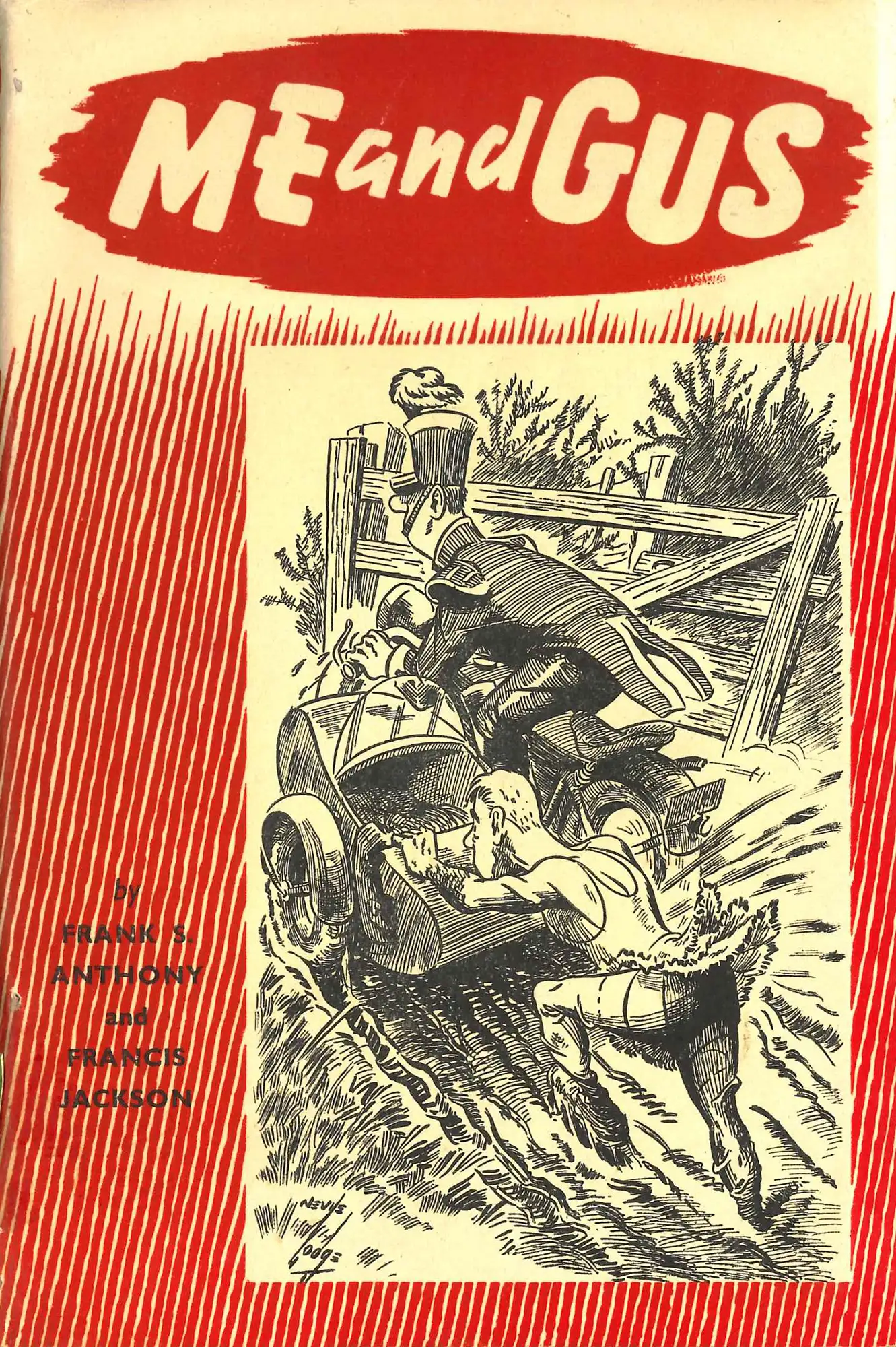
Frank S. Anthony and Francis Jackson. Me and Gus. Wellington: Reed, 1951.
The comic rural short stories of Me and Gus and its sequels were written by Frank S. Anthony (1891-1927) in the 1920s and first published in book form in the late 1930s. The stories were subsequently adapted by Francis Jackson and published more widely in the 1950s. They were an early predecessor of the Barry Crump genre of the humorous masculine yarn.
Reed embraced humour with a genuine New Zealand touch in the postwar years and added considerable value by commissioning Nevile Lodge as illustrator and dust jacket designer.
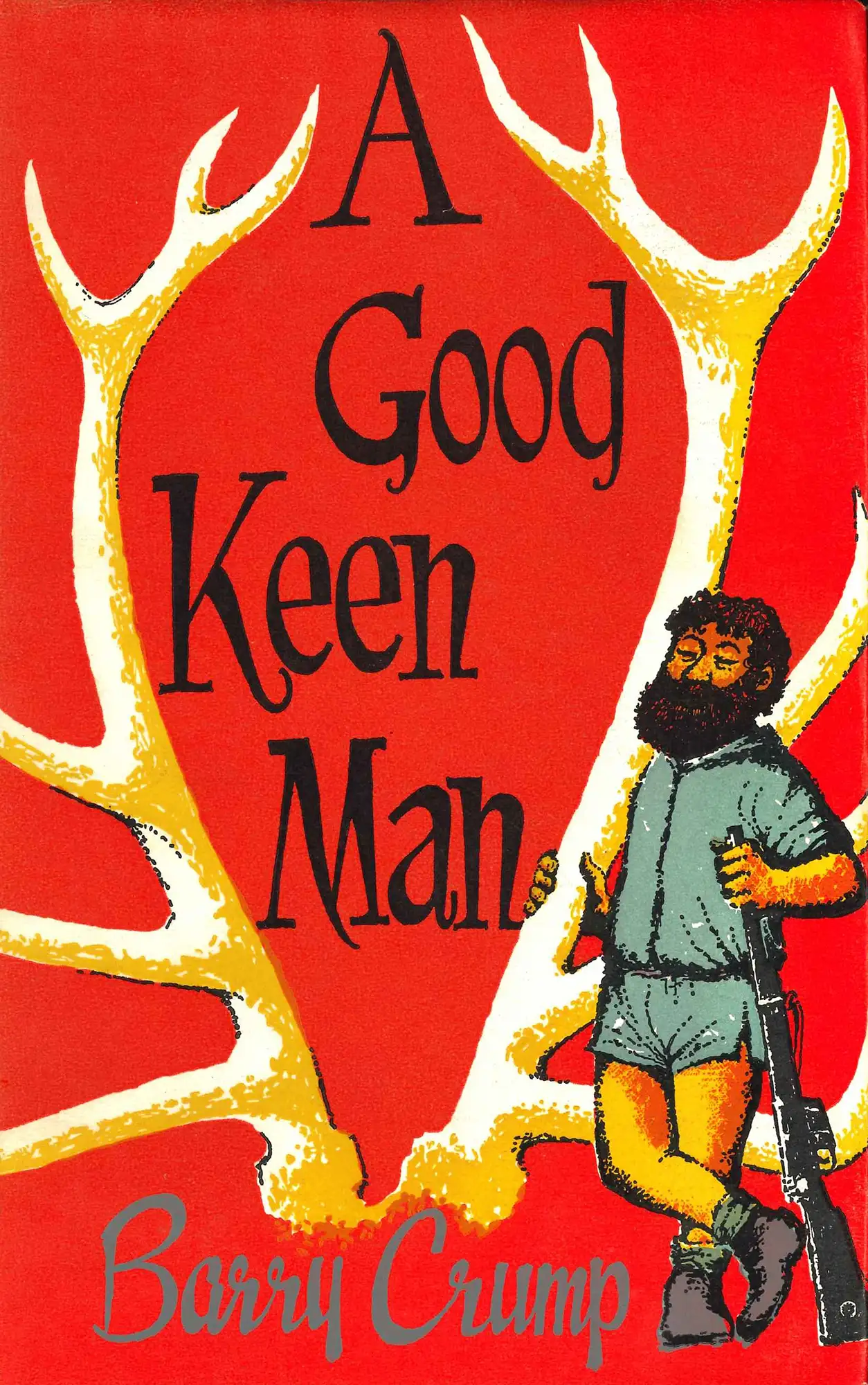
Barry Crump. A Good Keen Man. Wellington: Reed, 1960.
Barry Crump’s first novel A Good Keen Man was published by A.H. & A.W. Reed in 1960, despite the misgivings of Alfred Reed about coarse language and content. Reed’s concerns were somewhat alleviated when the novel became a phenomenal best-seller and a Kiwi classic.
Dennis Knight Turner (1924-2011) was one of a small group of artists used regularly by A.H. & A.W. Reed. His covers are characterized by distinctive pen and ink drawings and elegant hand-drawn lettering, and display wit and a keen eye for physical demeanour. In 1963, Turner left New Zealand to live in England, frustrated at the lack of recognition for him as a professional artist.
--Hamish Thompson. Coverup: the art of the book cover in New Zealand. Auckland: Godwit, 2007.
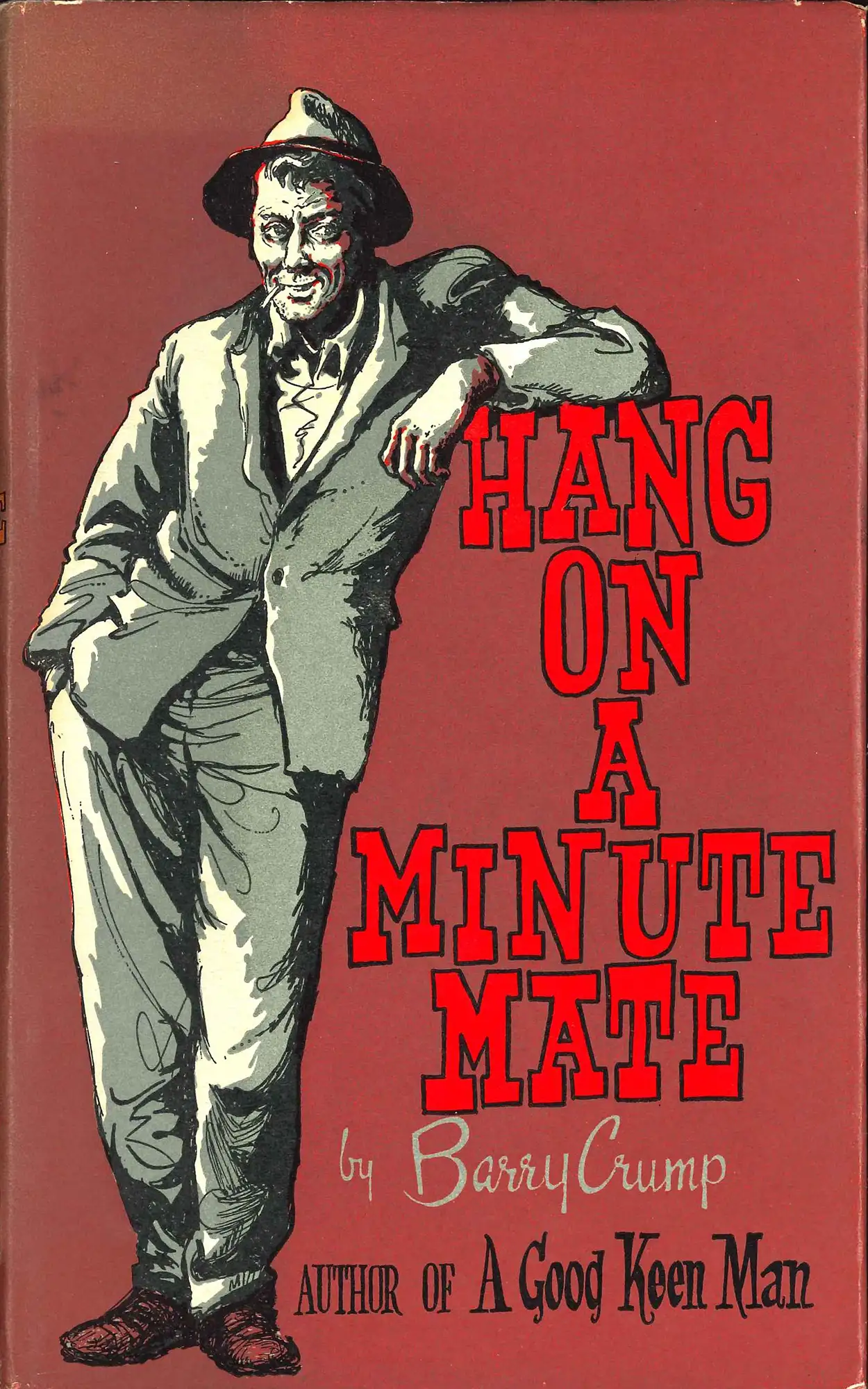
Barry Crump. Hang on a Minute Mate. Wellington: Reed, 1961.
Dennis Knight Turner (1924-2011) was one of a small group of artists used regularly by A.H. & A.W. Reed. His covers are characterized by distinctive pen and ink drawings and elegant hand-drawn lettering, and display wit and a keen eye for physical demeanour. In 1963, Turner left New Zealand to live in England, frustrated at the lack of recognition for him as a professional artist.
--Hamish Thompson. Coverup: the art of the book cover in New Zealand. Auckland: Godwit, 2007.
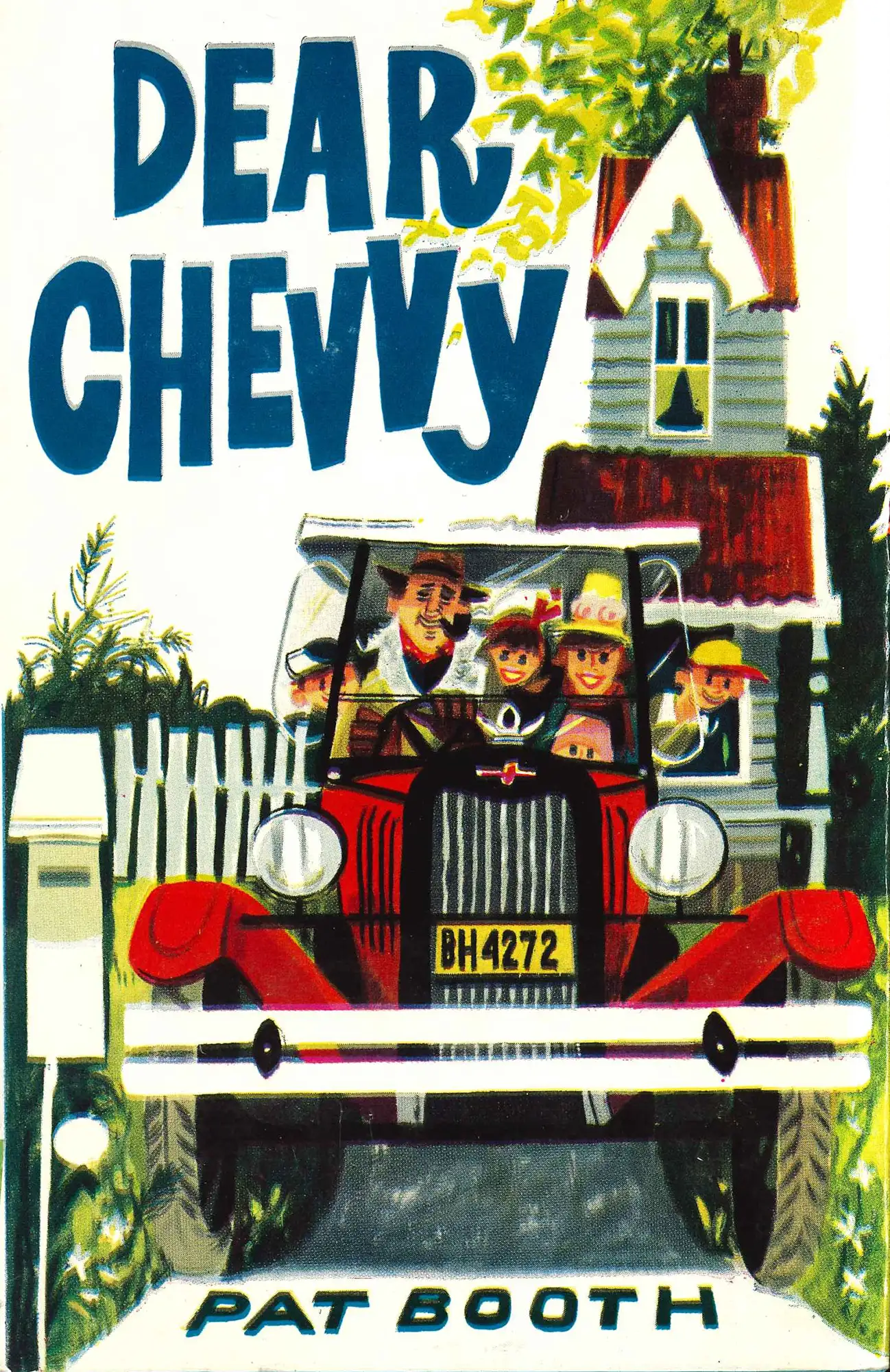
Pat Booth. Dear Chevvy. Wellington: Reed, 1965.
Pat Booth (1929-2018) was a Levin-born print journalist and novelist. His love of vintage cars is apparent in this cheery tale of adulation for an ancient Chevrolet, aptly and amusingly illustrated by Keith Clark (1921-2008). In later years, Booth was particularly noted for his coverage of the Arthur Allan Thomas case and the Mr Asia crime syndicates.
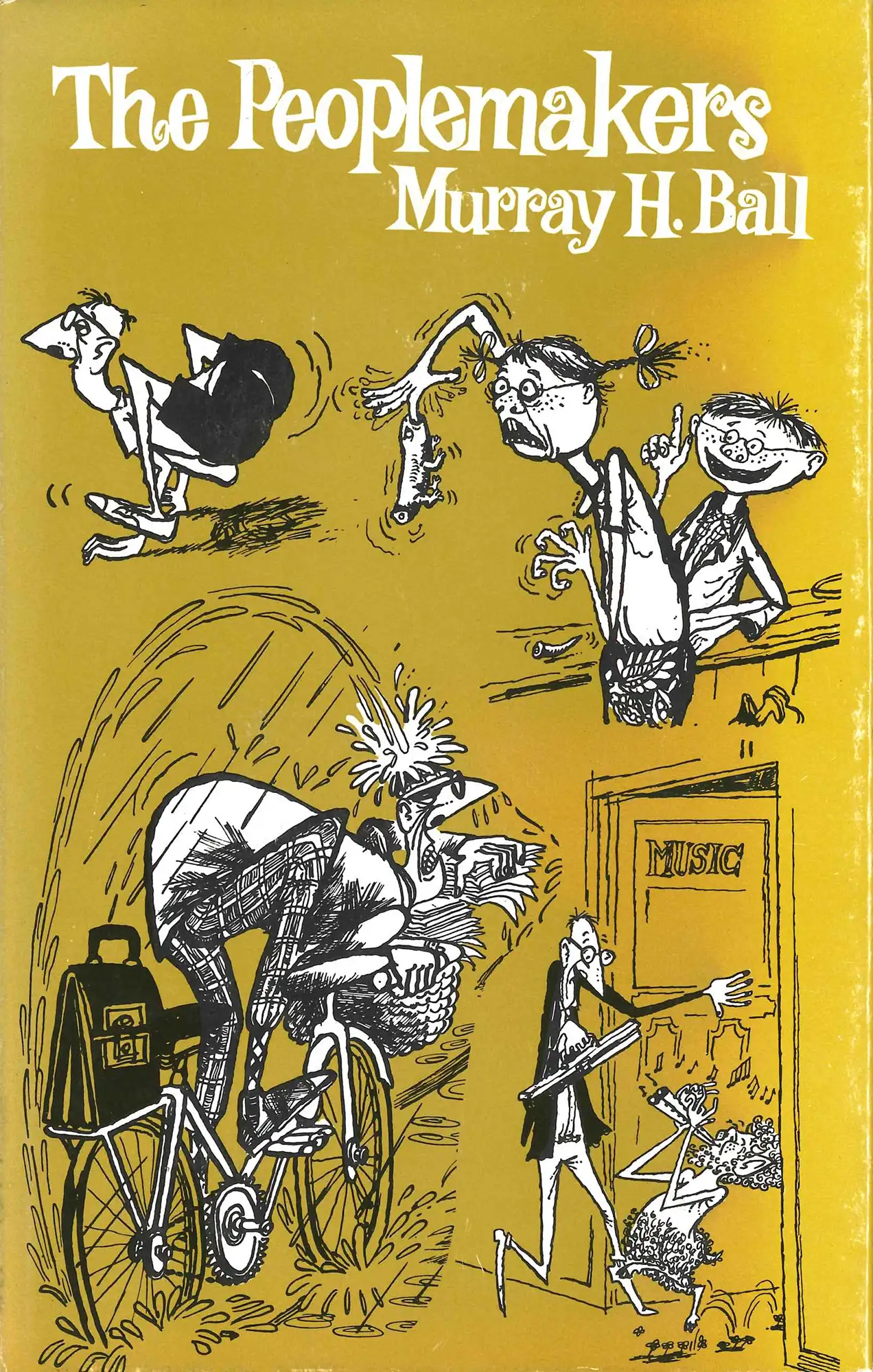
Murray Ball. The people makers. Wellington: Reed, 1970.
The people makers is an amusing account of teaching written and illustrated by cartoonist and former-teacher Murray Ball (1939-2017) long before his creation of the iconic Footrot Flats series.
Ball was living in Scotland at the time of publication, but as noted on Reed’s biographical jacket blurb: “We hope that he will bounce back to New Zealand soon, but even if he doesn’t we feel confident that New Zealand will hear a great deal more from him.”




